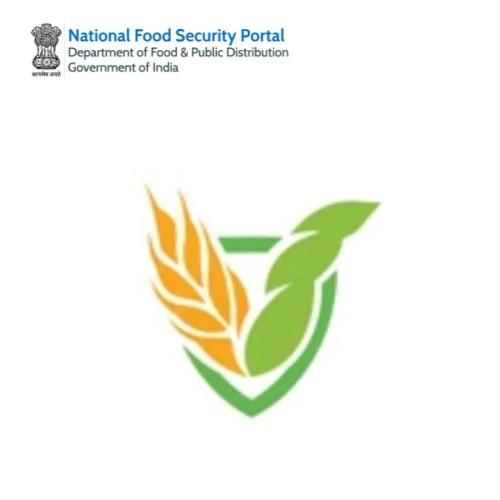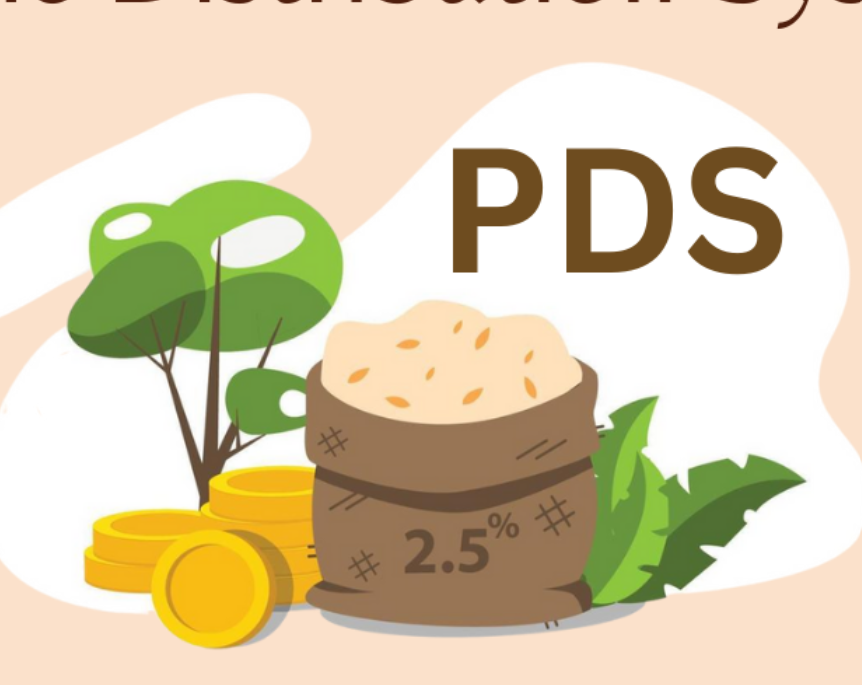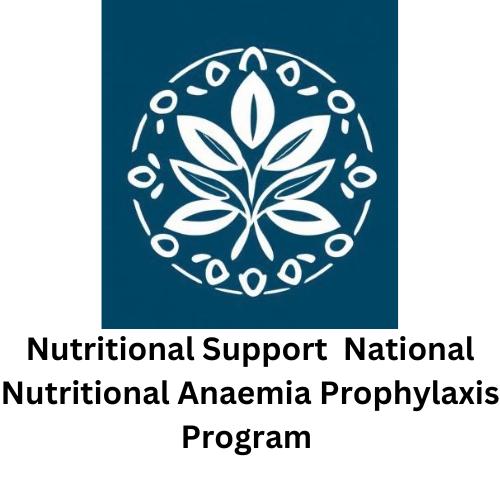National Food Security Act (NFSA)
The National Food Security Act 2013, also known as Right to Food Act, is an Indian Act of Parliament which aims to provide subsidized food grains to approximately two thirds of the country's 1.4 billion people.[1] It was signed into law on 12 September 2013, retroactive to 5 July 2013
Government Act


